Copenhagen CULT RECIPES Let Copenhagen Cult Recipes take you on a journey to the heart of Copenhagens culinary traditions, to find out why the Danes embrace their food heritage so passionately, and why their way of life continues to be adopted enthusiastically around the world. This cuisine centres around hygge, the cosy atmosphere for which the Danes are famed shared tables, outside eating, simple local produce, eaten in company. Its about keeping things simple and tasty, and using space wisely by growing fresh herbs and greens on rooftops, in window boxes and small vegetable patches. Featuring iconic location shots and food photography that showcases traditional dishes with a modern twist, together with recipes from some of the most influential contemporary restaurants Copenhagen has to offer.
CONTENTS
Introduction Food is taken seriously in Copenhagen, and the locals have many opinions on traditional preparations and how its served. It is New Nordic cuisine from about 2005, however, that has helped put Copenhagen on the map as a dining destination.
This cuisine is about using and producing traditional foods that are locally grown. Its about keeping recipes simple and tasty. No matter how big or small the restaurant, chefs care about the ingredients they use, creating close ties with producers and keeping menus seasonal. Home cooks are also respectful of ingredients simple herbs and greens grown on rooftops and window boxes, and small vegetable patches can be found everywhere. All this love of food and eating exaggerates that hygge (cosy) atmosphere, which can be found all over Copenhagen. There are large shared tables in restaurants, while outside eating is encouraged with large communal tables in public places.
You can walk through some of the old narrow cobbled streets and find an old classic smrrebrd place. Or rent a bike and go out to the up-and-coming areas to try some of the new casual restaurants, where you eat simple local produce while relaxing on old classic Brge Mogensen chairs and stripped-back reclaimed wooden tables.
BREAKFAST A day in Copehagen traditionally begins with three ingredients: rye bread, eggs and coffee. Now, however, it has become fashionable to eat freshly baked crisp pastries from the artisanal bakeries that are scattered around the city (you have to be quick, though they sell out early). This chapter includes breads and pastries, such as cinnamon or cardamom buns, which have been adapted for home cooks, as well as breakfasts for lazy days, including porridge with various toppings and breakfast plates with smoked meat and fish.
RUGBRD rye bread Sourdough rye bread is found everywhere in Copenhagen.
It takes while to make, though, so its a true labour of love. After baking, leave the bread for a day before slicing it very thinly. To store it, wrap it in paper towels, then a tea towel, and it will keep for a week. Makes a 1kg loaf  Preparation: 2 days
Preparation: 2 days  Cooking: 12 hours Ingredients 80 g raw sunflower seeds 80 g raw pumpkin seeds 40 g raw flaxseeds LEVAIN 50 g hydrated sourdough starter (buy online) 100 g rye flour DOUGH 75 ml dark beer such as stout, at room temperature 190 g rye flour 150 g wholegrain rye flour 150 g wholegrain spelt flour 15 g fine sea salt 7 g barley malt syrup 2 tbsp rye flakes, for topping Preheat the oven to 180C (350F). Toast the seeds for 810 minutes until just toasted. Cool, place in a bowl, cover with water and soak overnight.
Cooking: 12 hours Ingredients 80 g raw sunflower seeds 80 g raw pumpkin seeds 40 g raw flaxseeds LEVAIN 50 g hydrated sourdough starter (buy online) 100 g rye flour DOUGH 75 ml dark beer such as stout, at room temperature 190 g rye flour 150 g wholegrain rye flour 150 g wholegrain spelt flour 15 g fine sea salt 7 g barley malt syrup 2 tbsp rye flakes, for topping Preheat the oven to 180C (350F). Toast the seeds for 810 minutes until just toasted. Cool, place in a bowl, cover with water and soak overnight.
For the levain, put the starter, rye flour and 100 ml room temperature water in a bowl, mix well and cover. Leave overnight (at 2223C/72-73F) or at least 12 hours to ferment. The next day, drain the seeds and pat dry on kitchen paper. Place the levain in a bowl and gradually stir in the beer and 500ml (2 cups) room temperature water to dissolve the levain. Add all the dry ingredients, including the seeds and the barley malt syrup. Mix well.
Cover and leave in a warm place for 12 hours. Preheat the oven to 200C (400F). Place the dough in a 1kg loaf pan or 2 smaller ones. Sprinkle the rye flakes on top, then place on a baking tray and bake for 30 minutes. Reduce the oven temperature to 180C (350F) and bake for 1 hours.
Coffee The coffee culture has exploded in the last decade in Copenhagen, even though the Danish already have a history of being a big coffee nation.
Coffee The coffee culture has exploded in the last decade in Copenhagen, even though the Danish already have a history of being a big coffee nation.
Coffee drinking is now a social event, and the city has seen a huge increase of hip, welcoming and very stylish coffee bars. There are several different methods to brewing coffee including hand-brew or pour-over, tude cortado (also known as cortado), latte, cappuccino or Americano. Espresso: a single shot of espresso (about 25 ml shot of coffee). Cortado: espresso served in an espresso cup topped with steamed milk and a touch of froth. Macchiato: espresso served in an espresso cup topped with the froth of steamed milk. Cappuccino: espresso made with 25 ml coffee and topped with 7585ml steamed foamy milk.
Latte: milky coffee made with 50 ml espresso topped with 175 ml steamed milk, not necessarily frothy. Pour-over: grind 30 g coffee beans to a mixture similar to sea salt. Line a single filter with a paper filter and add the coffee. Level the surface. Place over a 250 ml serving cup. Boil 600 ml water to 95C (203F), then gradually pour the water over the coffee in 3 stages, each time waiting for the water to filter through into the cup.
Serve with or without milk. Iced coffee: most often this is filter coffee cooled quickly. Serve over ice with or without milk.

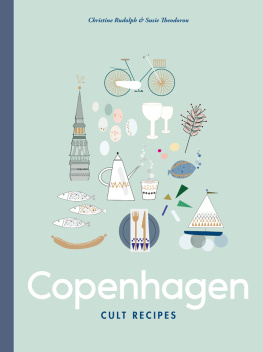

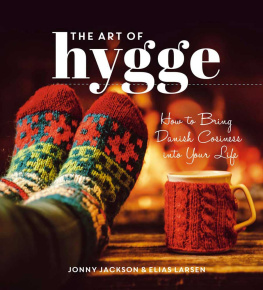
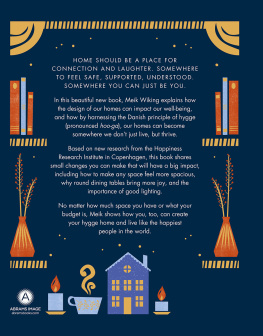
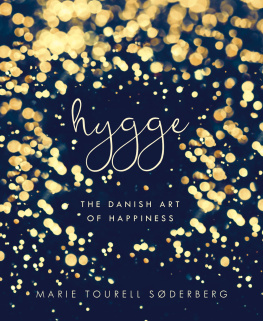


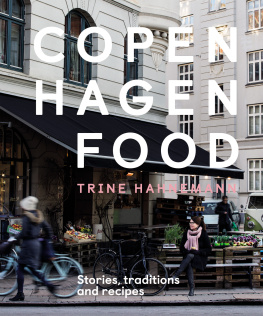
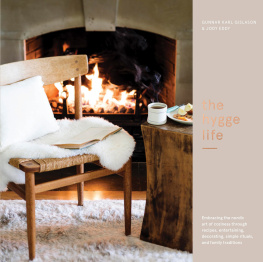












 Preparation: 2 days
Preparation: 2 days 